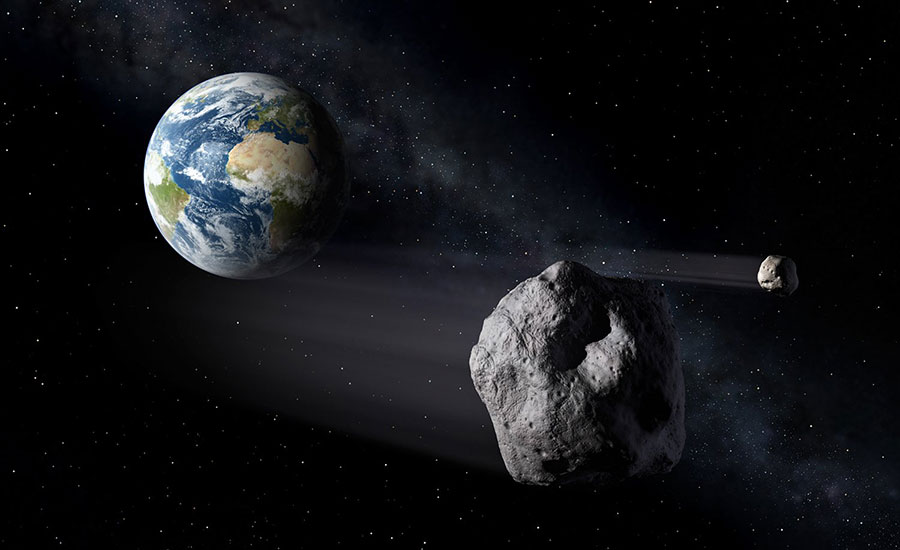Asteroid 2017 AG13 passed just 126,461 miles away from Earth, which on an astronomical scale is too close to dangerous consequences. 2017 AG13 just barely missed entering our atmosphere, which has led many people to wonder if it would have caused a catastrophic event if it had come too close.
The asteroid was measured to be between 50 and 111 feet long, equivalent to 15 to 34 meters. As it swung past Earth, it was traveling at a rate of 9.9 miles per second. 2017 AG13 is known to cross into the orbits of both Venus and Earth.

An almost catastrophic near-miss
The hypothesis of what would have happened if the asteroid had hit Earth would imply the equivalent to the explosion of twelve Little Boys, the atomic bomb that was dropped on the city of Hiroshima back in 1945. The asteroid’s explosion would have yielded 700 kilotons of blast force. It would not have hit Earth, but rather explode in midair, only causing a violent burst of air that could be heard from kilometers at a distance.
Astronomers compare 2017 AG13 to the asteroid that exploded over the city of Chelyabinsk in Russia back in 2013, shattering windows, triggering car alarms, and causing an overall uproar among the local townsfolk.
2017 AG13 is the first of the 39 near-Earth objects that will pass nearby only in January, as it is predicted by NASA, although the most recent asteroid will be the one whose Close Approach distance between the Earth’s center and the asteroid center remains as the minimal for this season.
Although it may be of some use or significance for Earth inhabitants, NASA has refused to fund a mission to spot and predict the entry or approximation of near-Earth objects, which would require sending a specialized satellite to capture and locate them from afar. The main reason would be that the atmosphere does a great job protecting the Earth against any upcoming space debris that might otherwise pose a catastrophic threat to all of us.
Researchers remain assured that there are no asteroids large enough that could hit and destroy Earth as we know it. An asteroid would have to be 60 miles wide to wipe out life on our planet. Such meteor would release 100 million kilotons, causing earthquakes and causing global damages. To this day, scientists believe that the meteor that hastened the ice age and resulted in the demise of the dinosaurs was at least 7 miles wide, which sent a massive cloud of dust upon the air, causing a rapid event of global warming.
The next large near-Earth object will pass nearby on October 26th, 2028. It is a mile wide and travels at 30,000 miles per hour. According to NASA, there is no chance that it would hit the Earth so that we can rest assured, for now.
Source: Business Insider
